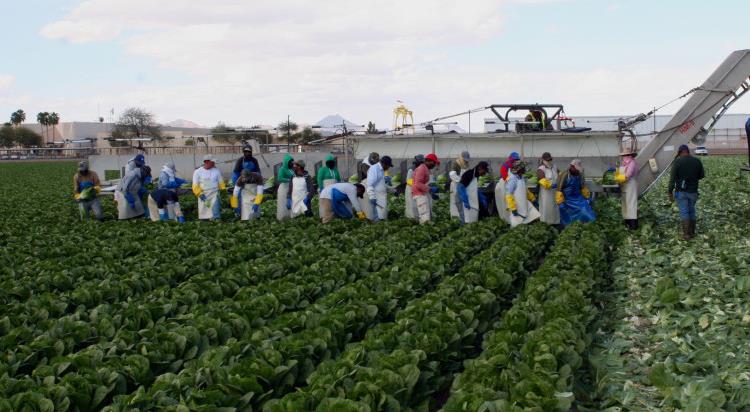 In 2018 and 2019, the Centers for Disease Control determined that Romaine lettuce from the Yuma Valley, CO. and from coastal regions of California were responsible for E. coli and Salmonella infections.
In 2018 and 2019, the Centers for Disease Control determined that Romaine lettuce from the Yuma Valley, CO. and from coastal regions of California were responsible for E. coli and Salmonella infections.
It was apparent that runoff from concentrated animal feeding operations contaminated with Shiga-toxin producing E.coli (STEC) was used to irrigate lettuce fields resulting in infection of consumers. Industry groups in collaboration with Land-grant universities, consultants and federal agencies developed programs to improve the safety of leafy greens. The following action was taken:-
- Untreated surface water is no longer used for irrigation.
- Distances from CAFOs have been increased in accordance with guidelines established by the LGMA.
- Farmers in California and Arizona are now provided with guidance and training relating to practices for cultivation and packing that contribute to food safety. In this respect the Western Growers and the Growers’ and Shippers’ Association of Central California are involved in field extension and training activities.
- The FDA will conduct a structured surveillance program to determine the presence of STEC and Salmonella during 2020. It is hoped that early detection will enable federal and state agencies to divert contaminated product from the market.
- Concurrently the Center for Product Safety is funding research to the value of $29 million on 72 research projects with the involvement of the University of Arizona Cooperative Extension Service. Following the November 2018 outbreak the Romaine Task Force was established to investigate aspects of supply contributing to potential infection and prevention.
The Leafy Greens Safety Coalition includes major chains and QSRs focusing on prevention, traceability, labeling and investigation of food-borne outbreaks from produce.
It remains to be seen whether producers in Western states can effectively prevent food-borne infections through their improvements. The incidence of outbreaks attributed to leafy greens in 2020 will be a measure of the efficacy of various practices introduced since the 2018 harvest season.
